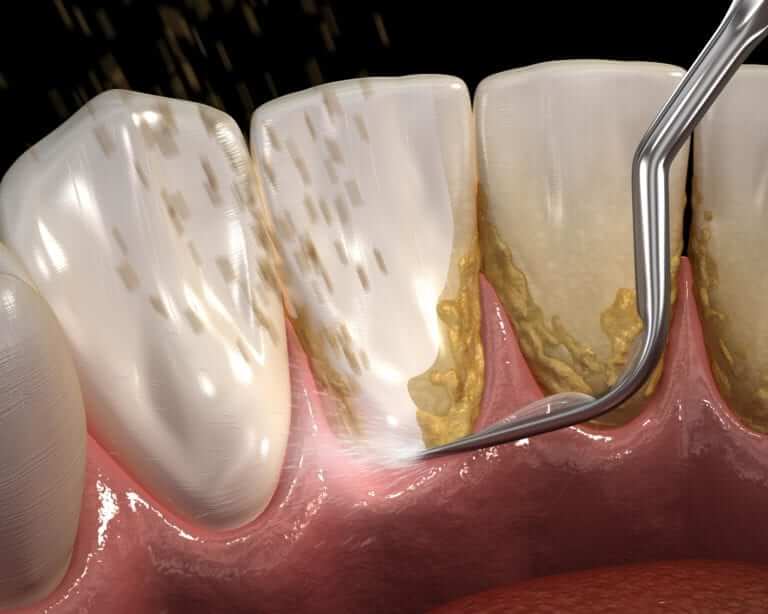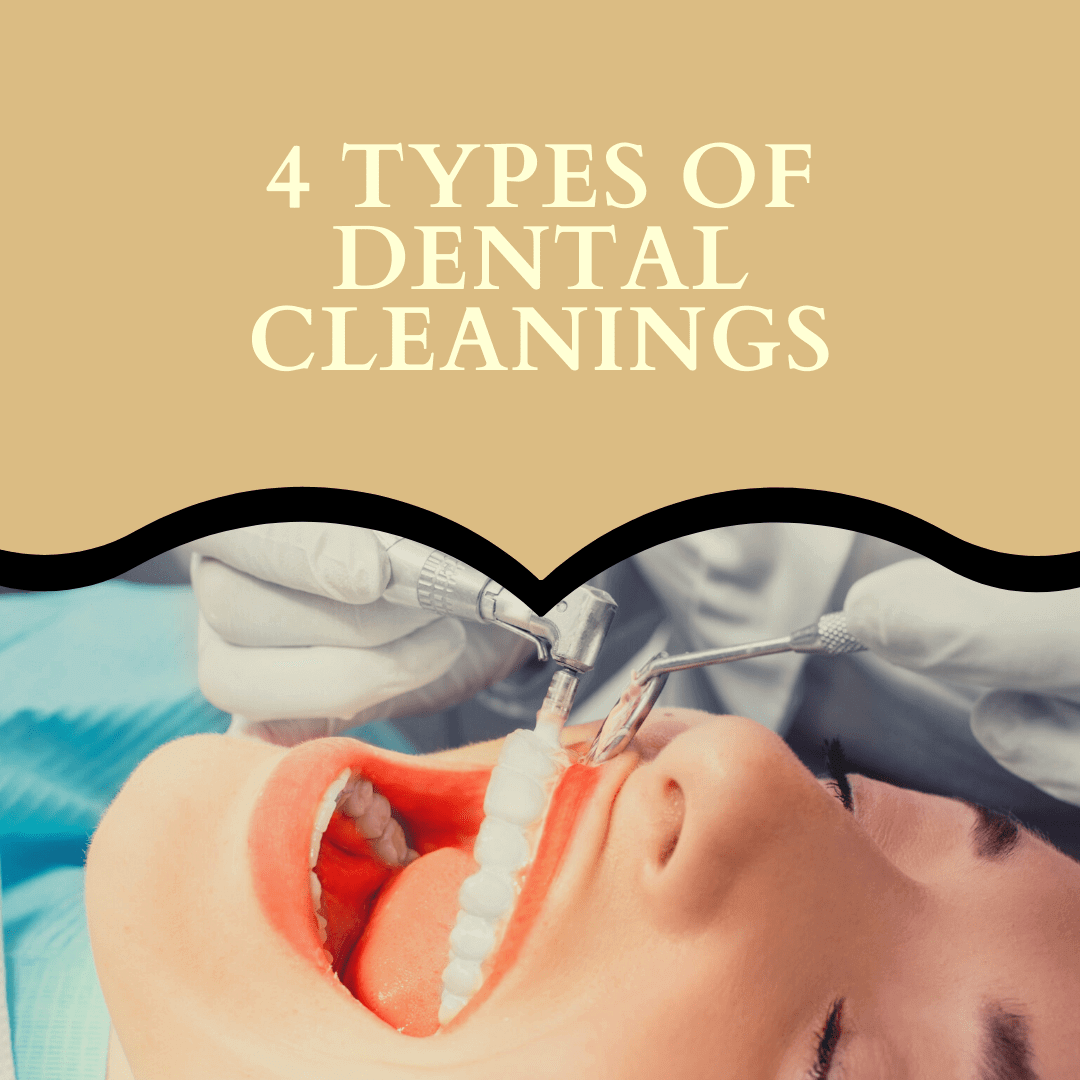Everyone deserves to have a smile that they are proud of and nowadays there is no shortage of ways to get the perfect smile. Cosmetic dentistry offers a variety of treatments intended to improve various visual aspects of your teeth. However, many people forget that there is one simple way to make your smile look great while also boosting your oral health.
Having your teeth professionally cleaned by your general dentist removes the sticky film (known as plaque) and the hardened deposits (known as tartar) from the surface of your teeth. Not only does this improve the look of your teeth, but it is also highly important to keep them healthy as well. In addition to being visually unappealing, plaque and tartar house millions of bacteria responsible for tooth decay and gum disease.
To reduce the risk of developing tooth decay and gum disease, the American Dental Association recommends having your teeth cleaned by your local dentist once every six months. Depending on the state of your teeth and gums, your general dentist may offer one of the four types of dental cleanings:

Prophylaxis Cleanings:
This is the basic type of teeth cleaning and is the primary type of teeth cleaning used by a general dentist. Prophylaxis cleanings, more commonly known as preventative cleanings, remove plaque and tartar from the front, back, and in-between surfaces of healthy teeth. The main object of these cleanings is to prevent issues like tooth decay or gum disease by eradicating on of their main causes. In most cases, people who visit their local dental practice every six months and keep up with a good daily dental routine will only require this type of cleaning.


Scaling and Root Planing Cleanings:
This is a deep cleaning that is used to treat gum disease, such as gingivitis or periodontitis. Deep cleanings for gingivitis can generally be completed in one dental appointment, but cleanings for periodontitis may require multiple appointments and dental anesthetics, especially if the case is severe. During a deep cleaning the first step is scaling, which is the term used to describe the removal of plaque and tartar from the tooth’s surface and gum pockets. Next, the tooth roots are smoothed out in a process called root planing. Root planing encourages receded gums to reattach themselves to the tooth roots.

Periodontal Maintenance Cleanings:
Although cases of gingivitis can usually be reversed with a deep cleaning or two, periodontitis is a more severe form of gum disease that is irreversible. However, periodontitis can be managed with periodontal maintenance cleanings. This type of cleaning removes plaque and tartar from the teeth and gum pockets more frequently to reduce gum inflammation and prevent the disease from progressing.

Gross Debridement Cleanings:
This is a heavy duty cleaning that requires an electrical tool to remove plaque and tartar. This is because gross debridement cleanings are used for teeth with layers of plaque and tartar that have accumulated along the gum line and between teeth. Since tartar is extremely hard, it can only be removed using an electrical tool. This type of cleaning is directly followed by a prophylaxis cleaning.
Overall, regular teeth cleanings are great for maintaining your oral health, as well as the appearance of your teeth. Prophylaxis cleanings will maintain your smile, while scaling and root planing and periodontal maintenance cleanings will help you fight against gum disease. Finally, gross debridement cleanings will help you start over on your dental care if you have skipped regular dental cleanings.




